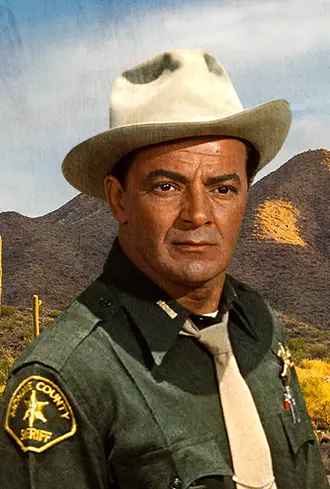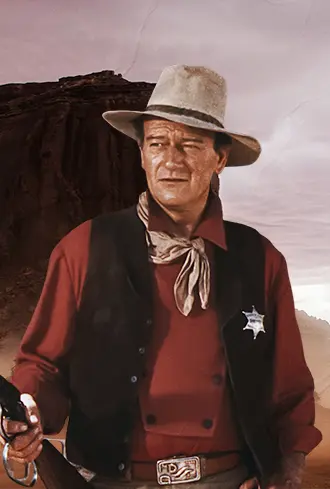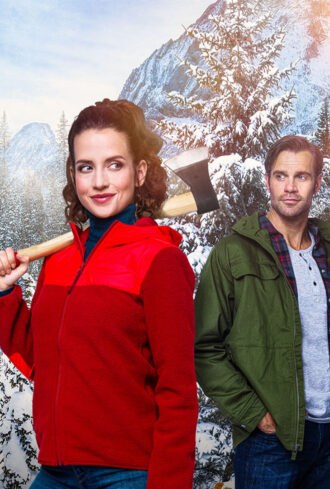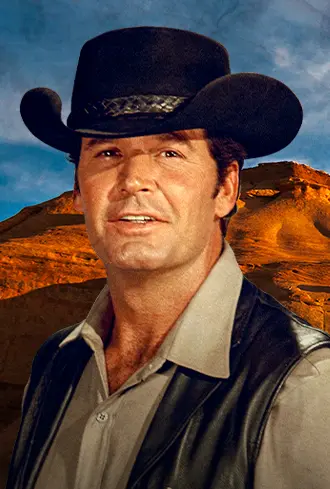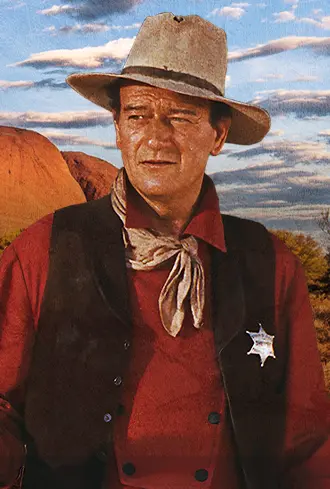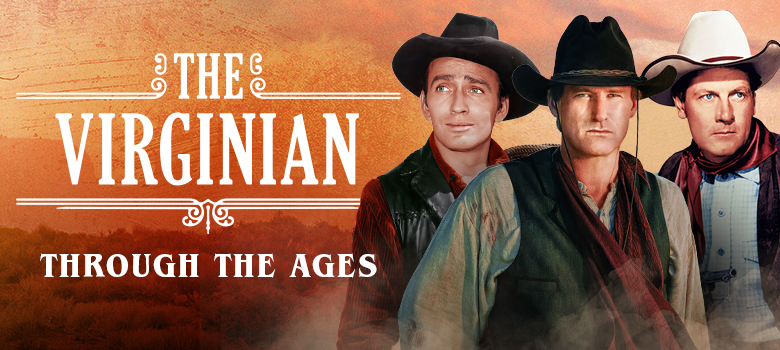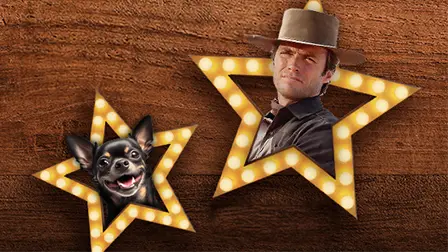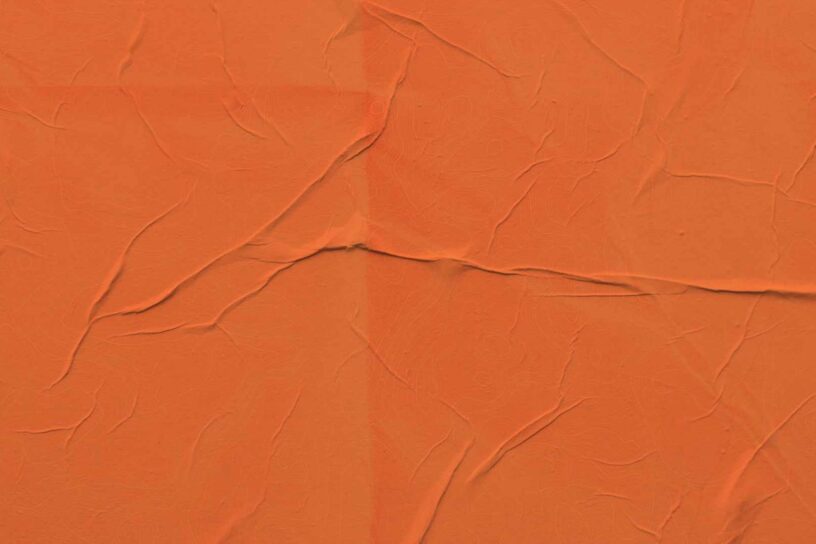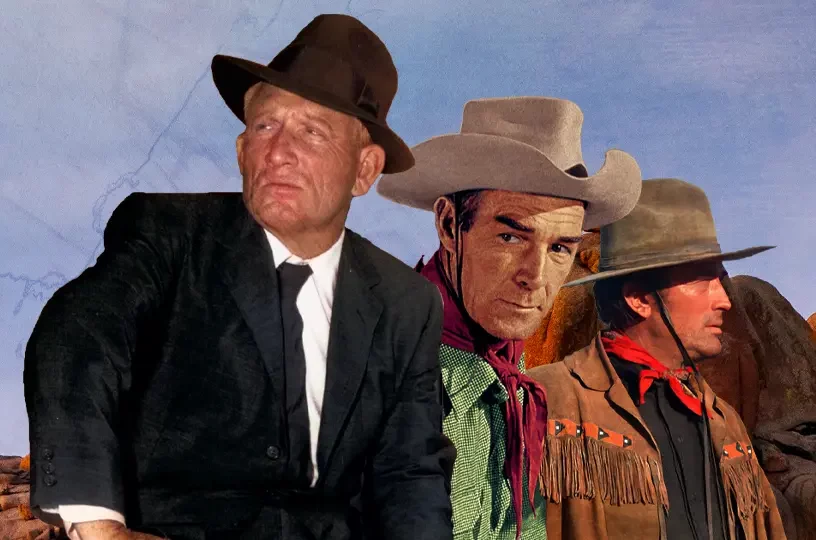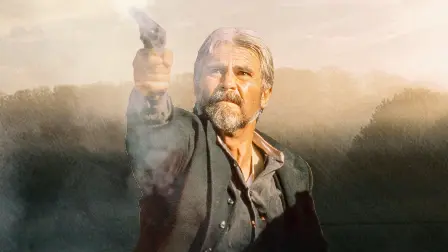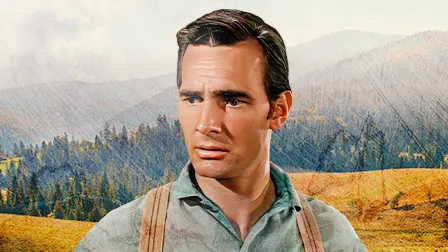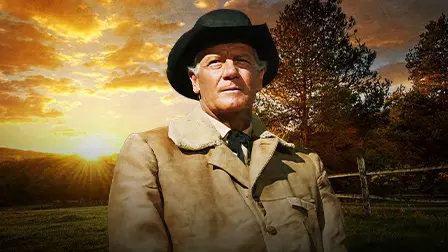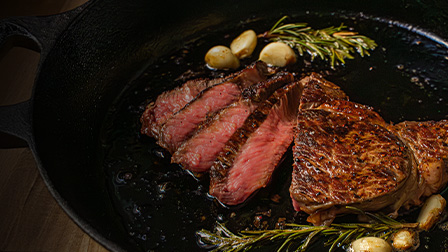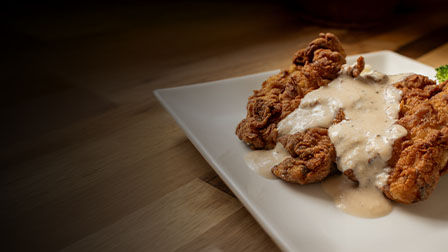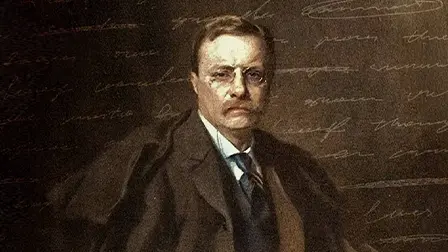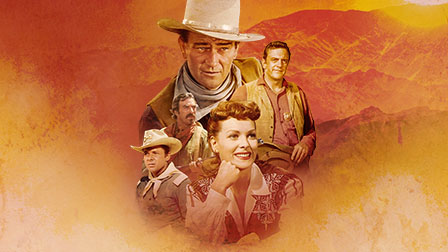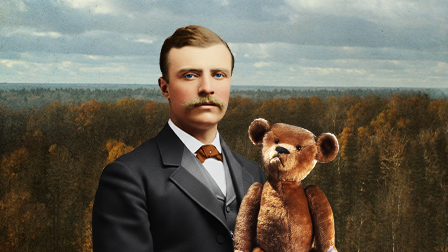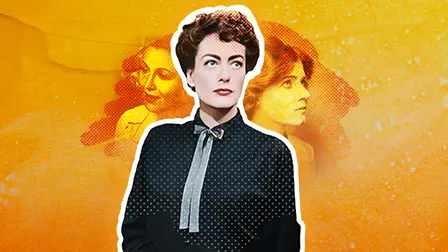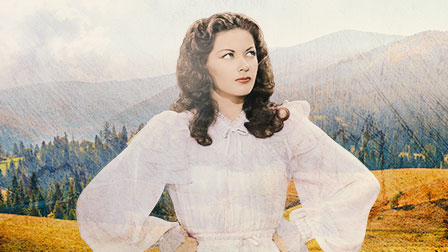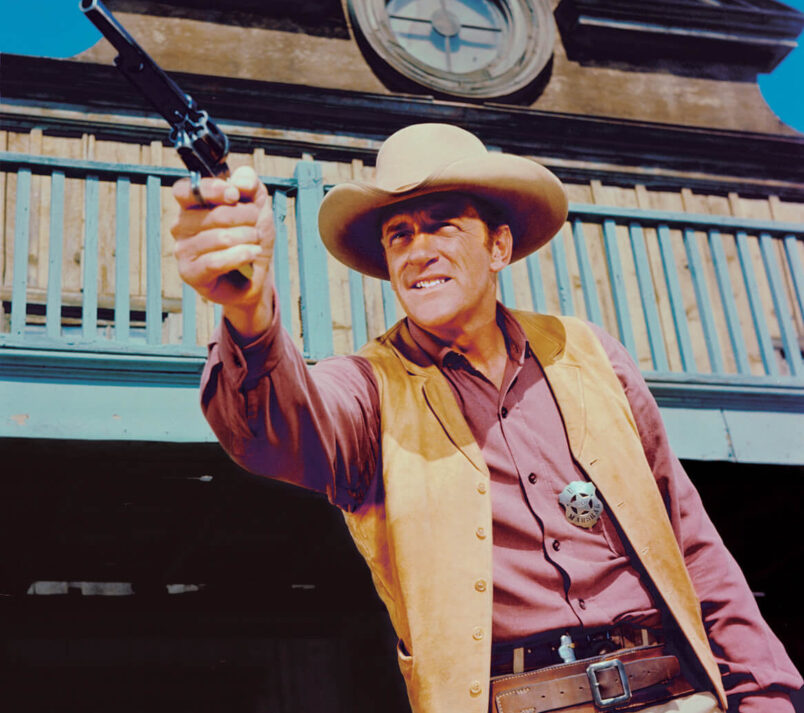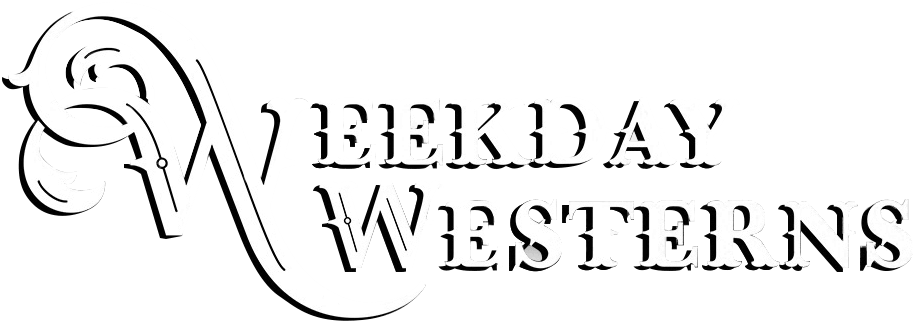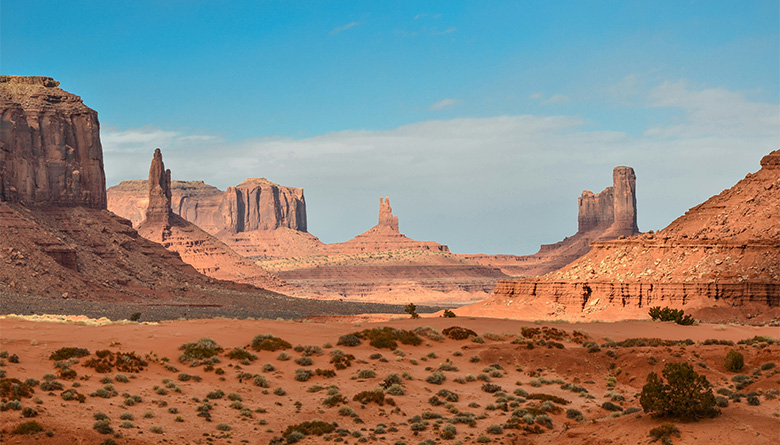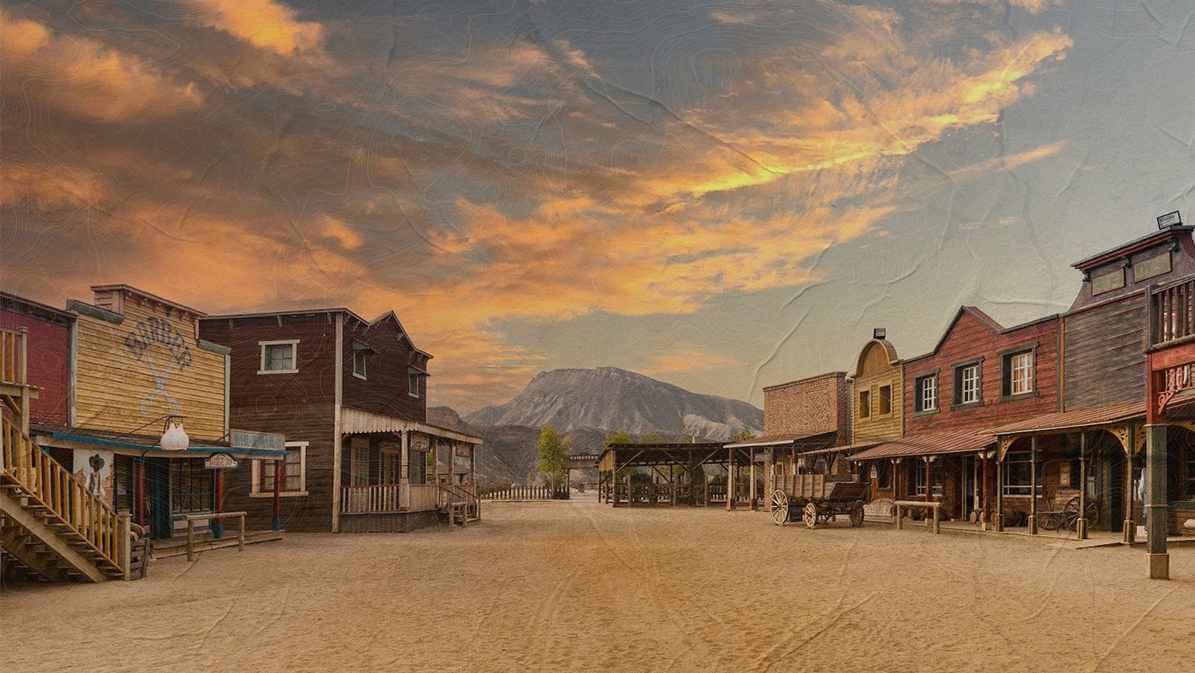Joel McCrea and all of The Virginians
By Henry C. Parke
It's more than a little surprising that the primary reason Joel McCrea starred in The Virginian, one of the most important films of his long career, was because he didn't want Bing Crosby to do so.
"I don't think it ever became public," says Wyatt McCrea, who spent much of his first thirty years working with grandfather Joel on family ranches, "but there was talk of Bing Crosby doing a musical version of The Virginian. My grandfather was as big as Crosby fan as anybody, but like he said, 'Can you imagine him singing, When you call me that, smile? He went to the studio, and he said, 'There's just no way you can make a musical out of this. It's a classic Western story.' So he agreed to do it, and was happy to do it."

The Virginian has been filmed six times since Owen Wister published his novel in 1902, and the 1946 version starring McCrea is one of the two best. Of course, if you, like most of us, were first introduced to The Virginian by the classic James Drury TV series that ran from 1962 to 1971, there is at least one story change that will throw you for a loop. You probably remember Doug McClure as Trampas, the Virginian's rambunctious buddy. There is a character like that in the novel named Steve. However, the Trampas of the book and movies is the Virginian's nemesis, the despicable villain of the piece: it's like writing a Sherlock Holmes story and changing Dr. Watson's name to Professor Moriarty.
Wister is considered the father of the Western, for while many a dime-novel shoot-em-up had been written before, The Virginian was the first with literary merit. A classmate at Harvard was Theodore Roosevelt, who like Wister ventured west to Wyoming for his health. They shared a love for the region, and Wister's novel is dedicated to the President, who had encouraged his friend to write it.
The novel and the subsequent movies are packed with action, wry humor, romance, and some heart-breaking, character-testing decisions. Among the story inventions first seen in its pages were the schoolmarm who comes west, the words "When you call me that, smile," the order to "be out of town by sundown," and the showdown in the street.
Despite the 1880s Wyoming setting, the novel feels surprisingly contemporary: when Vermont schoolmarm Molly Wood arrives in town, the first thing that happens is the railroad loses her luggage! Also unusual for a Western, much of the story is told from the schoolmarm's point of view. The novel was an immediate bestseller, and in 1904, became a Broadway hit, then played around the country for a decade.
A dozen years after the novel was published, the first film version, a silent one, was directed by Cecil B. DeMille. "Motion pictures had not yet found a voice," DeMille noted, and he was particularly proud of a sequence they could not show in the stage-play, where the Virginian reluctantly hangs cattle rustlers. “We photographed, not the hanging of the thieves, but the shadows cast on the ground by their two bodies suspended from their makeshift gallows.” The film starred Dustin Farnum, who had created the role on Broadway, and Winifred Kingston, whom Farnum would marry. Farnum is not well-remembered today, having retired from acting prior to talkies, but he was a major leading man, particularly in Westerns.
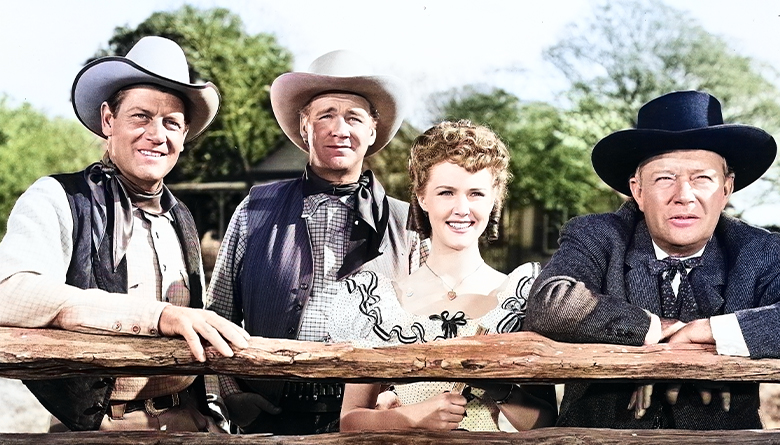 In 1923, there would be a second silent Virginian, and a third six years later, when sound revolutionized filmmaking. The star was a future two-time Oscar winner, rail-thin, mid-twenties Gary Cooper, in his first talkie, seemingly born for the role. Trampas was future Oscar-winter Walter Huston. And directing was the former Douglas Fairbanks cameraman who would go on to direct The Wizard of Oz and Gone with the Wind back-to-back, Victor Fleming. Even with the problems of early sound recording, it is a magnificent film. It also features, from the book, a jaw-droopingly bizarre comedy sequence. The Virginian and Steve attend a big party to welcome the schoolmarm, and to give a traveling minister a chance to Christen all of the new babies. The pair enter a room where about a dozen infants are sleeping and Coop says, "Beautiful sleeping' angels. Be funny if they got mixed up, and some of them got Christened wrong, wouldn't it?" And they proceed to switch the babies all around! This was the third time this gag was filmed—and the last!
In 1923, there would be a second silent Virginian, and a third six years later, when sound revolutionized filmmaking. The star was a future two-time Oscar winner, rail-thin, mid-twenties Gary Cooper, in his first talkie, seemingly born for the role. Trampas was future Oscar-winter Walter Huston. And directing was the former Douglas Fairbanks cameraman who would go on to direct The Wizard of Oz and Gone with the Wind back-to-back, Victor Fleming. Even with the problems of early sound recording, it is a magnificent film. It also features, from the book, a jaw-droopingly bizarre comedy sequence. The Virginian and Steve attend a big party to welcome the schoolmarm, and to give a traveling minister a chance to Christen all of the new babies. The pair enter a room where about a dozen infants are sleeping and Coop says, "Beautiful sleeping' angels. Be funny if they got mixed up, and some of them got Christened wrong, wouldn't it?" And they proceed to switch the babies all around! This was the third time this gag was filmed—and the last!
When Joel McCrea got his chance in 1945, Wyatt says, “he loved the story of The Virginian, had read it as a kid.” And he had to protect it from Paramount’s edgy idea of shooting it through the Virginian’s eyes! “You would never see the Virginian; you would just see what he was looking at. That didn't fly with my grandfather.”
For Trampas, “He loved working with Brian Donlevy. He was my grandfather's nemesis in The Great Man's Lady and Union Pacific, but they got along great. He said Donlevy always wore lifts in his shoes because he didn't want to be as short as he was. [Grandad] enjoyed working with Barbara Britton as the young teacher. She was newer in the business and was always asking his advice about things.”
It’s a very fine film, “but my grandfather always said that Cooper's version was the best. Cooper was one of his best friends. He always felt Coop was probably a better actor than he was”
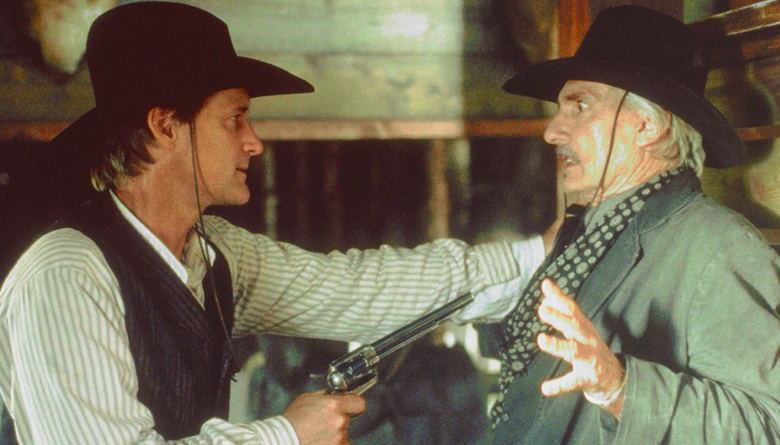 About McCrea, Wyatt recalls, “Grandad always said when he put on a hat and a pair of boots and stepped on the back of a horse, it just felt comfortable. That's where The Virginian plays a pivotal role in his career because, after that, all he did was Westerns.”
About McCrea, Wyatt recalls, “Grandad always said when he put on a hat and a pair of boots and stepped on the back of a horse, it just felt comfortable. That's where The Virginian plays a pivotal role in his career because, after that, all he did was Westerns.”
The first Virginian of the new millennium, TNT’s 2000 version, featured Bill Pullman not only as star, but as director, with an outstanding cast, including Diane Lane as Molly, and John Savage as Steve. Shot in Alberta, Canada, it is the most physically beautiful version of the tale. Unfortunately, it is also the most confusing. Pullman plays his role with less confidence than any other portrayer, never holding still. Worse, men insult Molly, and he doesn’t have the guts to face them down. Significantly, when TV’s Virginian, James Drury, makes a cameo appearance, he rides up to Pullman, makes firm eye contact—something Pullman never manages—and delivers a diatribe of stinging insults from Trampas, ending with a challenge. Never dismounting, Drury turns his horse and gallops off.
In 2014, precisely a century after the first film, the sixth, and most recent Virginian, was made, starring Country music legend Trace Adkins. “I enjoyed that,” Trace recalls. “That was my first lead, and I learned a lot from it. And Ron Perlman (as Judge Henry) was just incredible, and fun to work with.”
And just like it happened one hundred years before with Dustin Farnum, Trace Adkins married his schoolmarm leading lady, Victoria Pratt.
About Henry C. Parke
Brooklyn-born, L.A.-based screenwriter and wanna-be cowboy Henry C. Parke has been Film Editor for True West since 2015 and has written Henry’s “Western Round-up,” the online report on Western film production, since 2010. His screenwriting credits include Speedtrap (1977) and Double Cross (1994). He’s the first writer welcomed into the Western Writers of America for his work in electronic media. He’s done audio commentary on a fistful of Spaghetti and domestic Westerns, and he’s got a saddle-bag full of Western scripts.
Suggest a Correction
We strive for accuracy and fairness. But if you see something that doesn’t look right, click here to contact us!

